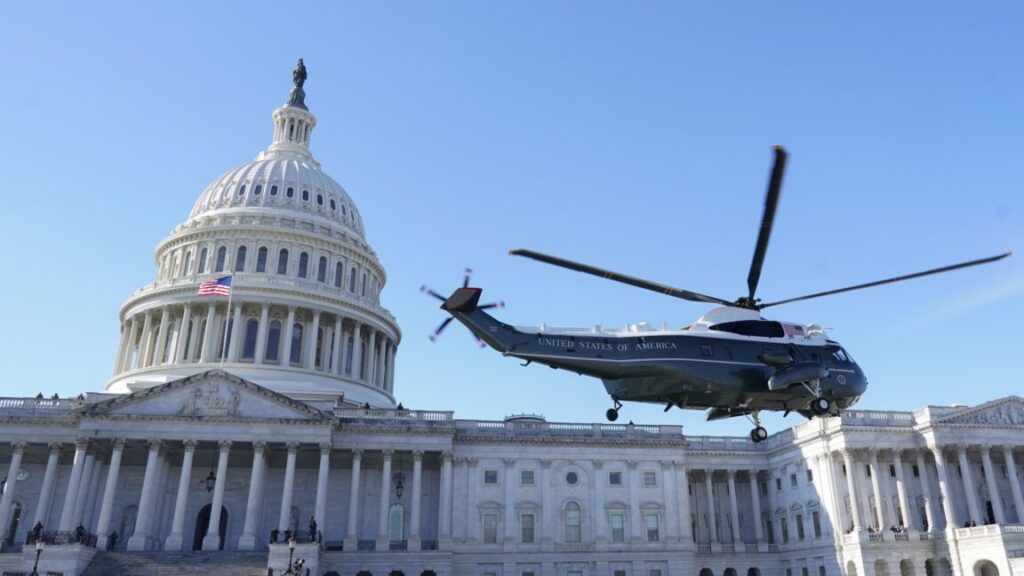AP: Trump admin to kill IRS free tax-filing service that Intuit lobbied against
Sen. Elizabeth Warren (D-Mass.) criticized Intuit’s lobbying against Direct File and told the AP that Trump and Musk “are going after Direct File because it stops giant tax prep companies from ripping taxpayers off for services that should be free. Americans want a free and easy way to file their taxes—Trump and Musk want to take that away.”
Intuit’s TurboTax offers free filing for simple returns but has faced lawsuits alleging that its ads misled consumers who had to pay. In 2022, Intuit agreed to pay $141 million in restitution to millions of consumers and stop a specific ad campaign that promised free filing.
The Federal Trade Commission ruled last year that Intuit violated US law with deceptive advertising and ordered the company to stop telling consumers that TurboTax is free without more obvious disclaimers. Intuit responded by suing the FTC in a case that is still pending at the US Court of Appeals for the 5th Circuit.
The free IRS filing program is also limited to simple returns, but there was hope of expanding its usefulness. The program accepted returns from 140,803 taxpayers in the 12-state 2024 pilot, which was followed by a May 2024 announcement that Direct File would become “a permanent option for filing federal tax returns starting in the 2025 tax season.”
The IRS said in the 2024 announcement that it was looking for ways to cover more complicated tax returns. “Over the coming years, the agency’s goal is to expand Direct File to support most common tax situations, with a particular focus on those situations that impact working families,” the IRS said at the time. The Treasury Department estimated that over 30 million taxpayers were eligible for Direct File this year but hasn’t said yet how many people used it.
House Republicans urged Trump to act even more quickly to kill the program, saying in a December 2024 letter that he should issue “a day-one executive order to end the Internal Revenue Service’s (IRS) unauthorized and wasteful Direct File pilot program.”
AP: Trump admin to kill IRS free tax-filing service that Intuit lobbied against Read More »













